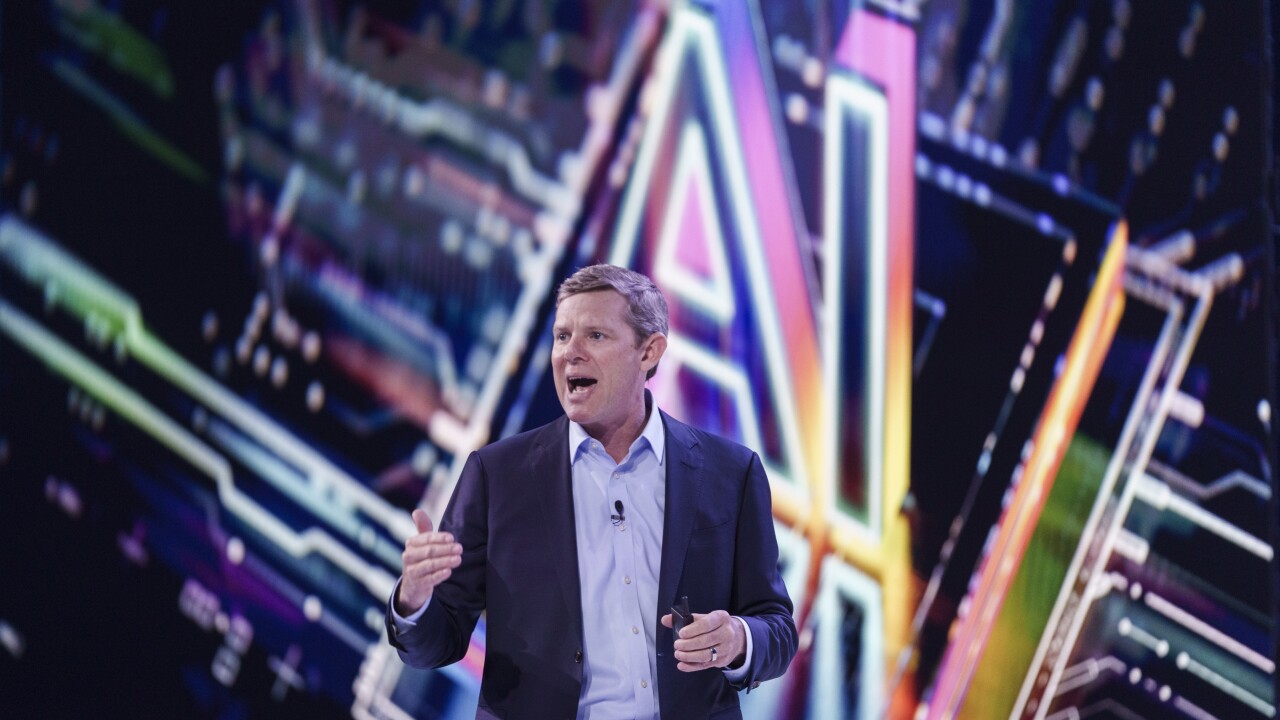It was expected that e-commerce giant PayPal would develop and complete new partnerships after its official
But PayPal hasn't been completing what the payments industry might consider traditional acquisitions of other companies that could expand markets or combine technology, sales and marketing teams.
Instead, PayPal has entered a new phase it has been nurturing for nearly two years, seeking to participate heavily in the changing landscape of commerce platforms and channels, said Steve Fusco, vice president of North American distribution focusing on building new partnerships.
"We got to the point where the PayPal technology tag had been hugely additive to what these commerce platforms were trying to do," Fusco said. "We've gone from being a service provider to being a partner, and it's a huge part of our business now."
As such, PayPal concentrates on "platform relationships" by integrating PayPal payment acceptance into commerce platforms, e-commerce marketplaces, or with service providers or financial institutions.
PayPal has always relied on its 169 million active users and more than 10 million businesses as a customer base, but now the company wants a major role in "this middle space of developers, system integrators, shopping cart service providers and different ecosystem partners," Fusco said.
PayPal has a "whole stack of technology products" it can deliver through application interfaces and software development kits to help make other providers' platforms more powerful, Fusco added.
The One Touch "Checkout with PayPal" button is one of those "game-changing" technologies the company wants to integrate with others, Fusco said.
PayPal had a particularly busy month in September, launching its
In addition, PayPal unveiled a new person-to-person payment feature called
All of that activity has a basis in PayPal's new approach to developing technology platform partners, while getting the PayPal name in front of other developers' customer bases, Fusco said.
PayPal's acquisition of mobile payment provider Braintree, and its
Braintree has generated $50 billion in transaction volume, independent of the $240 billion payment volume PayPal has generated annually.
PayPal's deeper dive into platform integration should not come as surprise to anyone who has followed the company since its inception, said Brian Riley, principal executive advisor with CEB TowerGroup.
"PayPal has been executing a lot of things in payments from day one, and they don't seem to follow the pack," Riley said. "When they play, they play big time and to win."
Because PayPal made such a significant change in e-commerce two decades ago, it has also been in a position to see how dramatically payments have changed in the past five years, Riley added.
"They saw the limits in e-commerce and started to look at other things outside of that," Riley said. "And they have been able to stay away from being a regulated entity, which keeps overhead costs down."
Though PayPal's emphasis on technology developer integration has no direct bearing on how acquirers will respond to the company's moves to attract physical point of sale transactions at places like Home Depot and Macy's, Fusco said the emphasis on technology development will help those projects in the long run.
"We are in a unique position to create the technology layer that connects the platforms underneath a POS, delivered through a number of different companies through an omni-channel approach," Fusco said.
It's an area that will need continued focus if PayPal really wants a physical point of sale presence, Riley said.
"I haven't been really impressed with PayPal at the physical point of sale, mainly because I have never had a clerk able to explain it to me," Riley said. "I'm your typical American consumer going into Home Depot weekly, and I am willing to try it."





